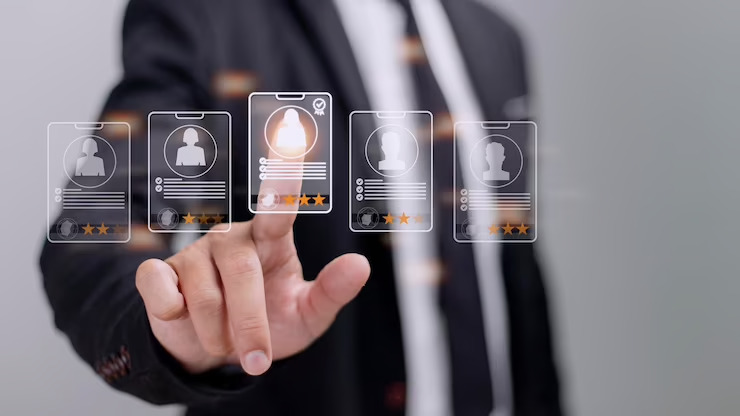Data Loss Prevention (DLP)
(DLP) makes sure that users do not send sensitive or critical information outside the corporate network. DLP Detects potential data breaches/data ex-filtration transmissions and prevents them by monitoring, detecting and blocking sensitive data from going outside the corporate network.


Information Rights Management (IRM)
Information rights management (IRM) is a subset of digital rights management (DRM), technologies that protect sensitive information from unauthorized access.
Encryption and Key Management
Encryption key management is the administration of policies and procedures for protecting, storing, organizing, and distributing encryption keys.


Two Factor Authentication
Two-factor authentication serves a vital function – by securing access to corporate networks, Software-as-a-Service (SaaS) and cloud applications, protecting the identities of users, and ensuring that a user is who he claims to be while authentication.
Hardware Security Module (HSM)
A hardware security module is a physical computing device that safeguards and manages digital keys, performs encryption and decryption functions for digital signatures, strong authentication and other cryptographic functions.


Database Activity Monitoring (DAM)
It is a database security technology for monitoring and analyzing database activity.
Digital Rights Management (DRM)
(DRM) is a way to protect copyrights for digital media. This approach includes the use of technologies that limit the copying and use of copyrighted works and proprietary software.


Privileged Identity Management
(PIM) gives users the ability to control, manage, and monitor the access privileges that people have to crucial resources within an organization.
Privileged Access Management (PAM)
PAM Secures and protects privileges across passwords, endpoints, and access, giving organizations the visibility and control they need to reduce risk, achieve compliance, and boost operational performance.


